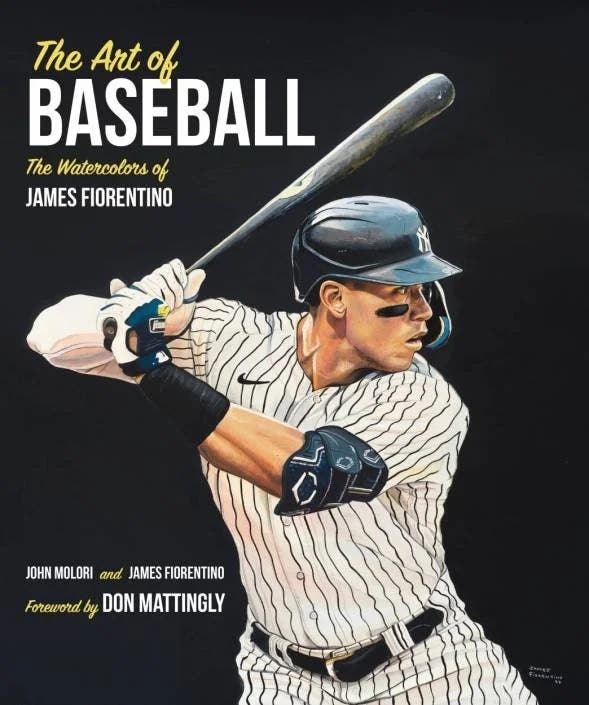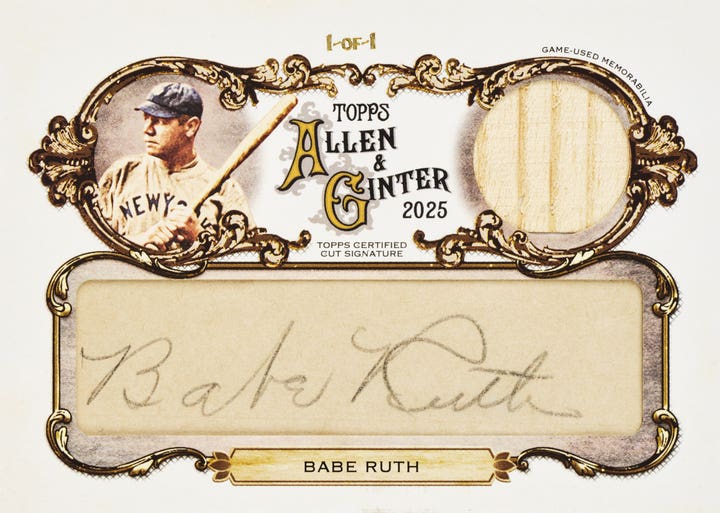News
Some thoughts on how to improve the card show experience
By John McMurray
Autograph guests help drive the attendance at most large card shows. With at least a couple of dozen current and former prominent athletes in attendance at most major shows, the presence of so many star players can make for an energized environment. But the growth in the number of player appearances also invites some potential changes to how card shows proceed.
For one, dealers could take a more proactive role in making the cards available of autograph guests who will be appearing at a show. Perhaps dealers assume that collectors will bring their own items or that the large, glossy photos typically sold at the autograph counter will suffice.
Still, collectors looking for particular cards on the day that a certain player is signing often find those cards at dealer tables only by chance and with considerable effort. I suspect that if dealers made cards of players in attendance readily available at their tables, they would sell them easily and at a good profit.
Numerous collectors and dealers have expressed reservations about the frequency of loudspeaker announcements throughout larger shows when autograph guests are appearing. It is typical for shows to announce something along the lines of “Tickets 75 through 100 for Player X are now being accepted.” But when there are dozens of guests in attendance and announcements become virtually nonstop, the announcements too often make dialogue between buyers and sellers difficult. The interaction between dealers and collectors is central to card shows, and it sometimes risks being drowned out by nonstop announcements.
Therefore, it would be useful for the autograph section at shows to make use of video boards, where available, to make clear which tickets are eligible to enter the autograph section at a particular time. Otherwise, if announcements could be made together, at one time or at regular intervals, it would also prompt more attention from attendees and would make for a better balance in most show convention halls. Confining autograph guest announcements largely to the autograph area would also provide some kind of announcement-free zone which would allow for better conversation, always an important part of the card show experience.
Part of the fun and challenge of attending card shows is spending time going through piles of memorabilia in search of a difficult-to-find item, not knowing what you might find. But, as card shows grow in size and the number of different card issues expands, dealers would be well-served to provide some sort of sign or posting which indicates some of the distinctive issues that they have for sale. As it is, collectors too often have to be fortunate to stumble upon what they want, whereas some simple presentation would make it easier for collectors to find the issues and cards they seek.
Many dealers, of course, will have banners that say, for instance, that they sell vintage cards. But that designation could mean anything from the late 1880s through the 1970s. If a dealer were to include a list displayed prominently at the table saying something like: “We have E92s, E96s, E101s, and 1933 Sport Kings,” it would surely invite inquiries in a way that having cards filed away in an array of binders would not.
Because most display cases have a wide assortment of types and years of cards, some reasonable signage about rare cards for sale at that table (e.g., “We have a 1959 Fleer Ted Williams set #68”) could go a long way towards catching the eye of collectors who might otherwise walk by.
It seems that about half of all card dealers bring business cards with them to shows, but it is an important consideration that more dealers should consider. In many cases, collectors will see an item they might want to purchase, need to think about it for awhile, and will contact the dealer who has that item only after the show has ended and everyone has long since gone home. Dealers who bring business cards in abundance stand a better chance of making sales with deliberative collectors and may establish relationships in a way that a purely online dealership would not.
Fans and collectors, of course, come to card shows to meet the top stars, for whose autographs they pay top dollar. But there also appears to be more room for less-established stars to appear at shows.
Some shows do very well by offering reasonably priced autographs with players who resonate with a particular fan base. Especially since fans may find some of the high autograph prices for top stars to be prohibitive, there is something to be said for show promoters inviting a more expansive range of guests, including many long-retired players who may have had only a fleeting moment of fame.
No longer should shows emphasize just regional stars as fan bases become increasingly national. Diversifying the array of autograph guests further may bring in an even broader group of fans and collectors, which would be good for everyone.
John McMurray is a contributing writer for Sports Collectors Digest. He can be reached at jmcmurray04@yahoo.com.








